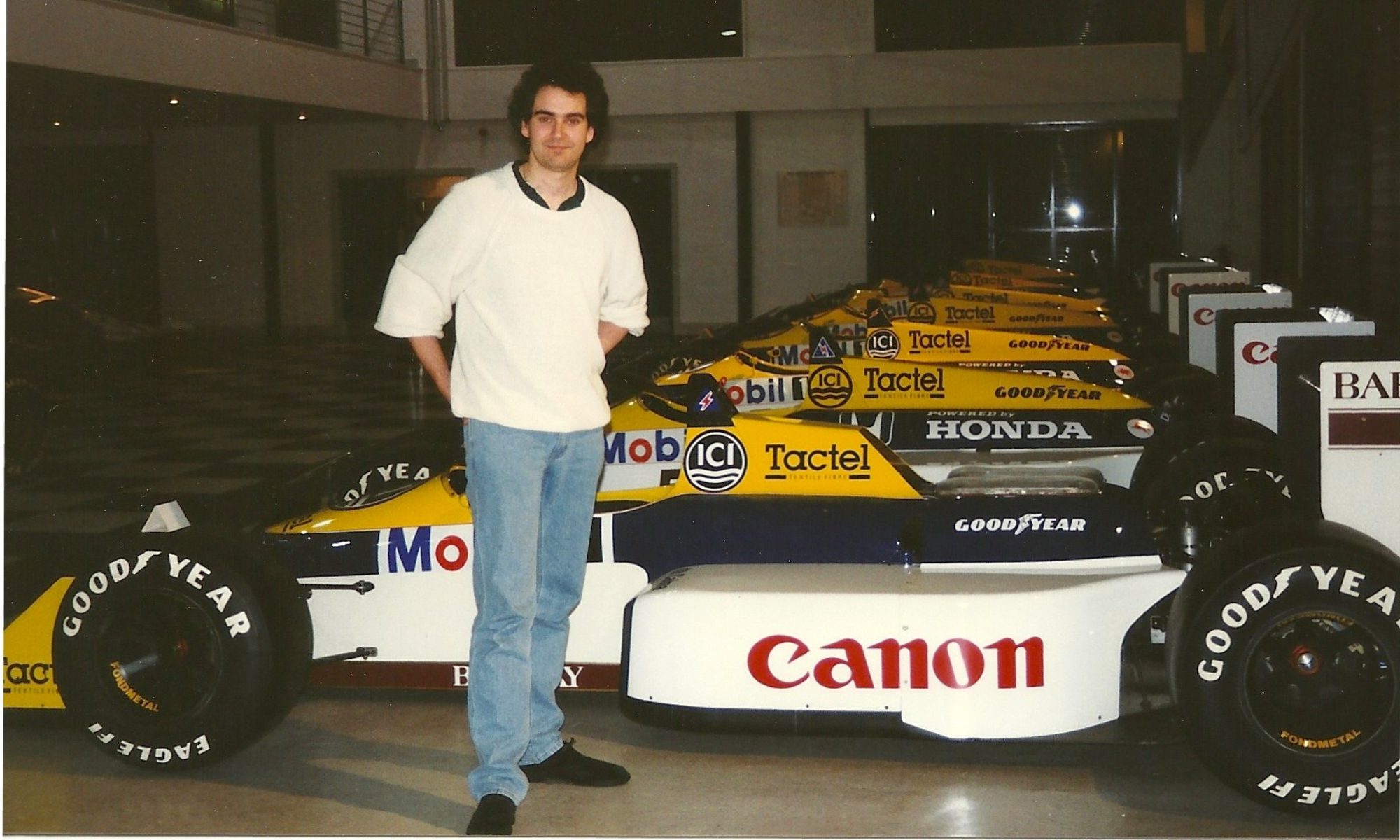Once again it is time for the Heritage Open Days, an annual celibration of the history and cluture of England where places that might not normally be open to the public throw open their doors. In previous years I have been around the Reading Abbey, behind the scenes at the Reading Museum stores and the Reading Wind Turbine. This year I have a couple of visits booked starting today with the Berkshire Record Office (BRO).
History
The BRO is at the top of Castle Hill next to the old registry office where Helen and I were married some 32 years ago. The BRO was formed in 1948, originally sited in town before moving to Shinfield Park in 1981. After the county of Berkshire was scrapped to be replaced by unitary authorities it moved to the current purpose built building in 2001 taking 100 lorries to move everything. The map table was built to hold largest the map in the collection but BRO recently discovered that their largest map is actually bigger than the table! The BRO is funded by all the Berkshire unitary authorities.
Held behind their doors are maps, hand drawn pictures, papers along with indexes, Berkshire parish records, school records and the electoral roll. Most records are not actually owned by BRO but placed on deposit by their owners. Others are either gifts or purchased.
Anyone can visit the BRO and access their contents. Much that is available immediately is indexes to content that is held elsewhere which you can order up for viewing. 80% of visitors are working on their family history.
Strong room
Much of the records held by the BRO are out of public sight in one of the six on-site strong rooms. The rooms together hold over seven linear miles of shelving and documentation and are kept at no more than 16 degrees (14 for maps) and a relative humidity of 65%.
Unsurprisingly the biggest dangers for the collection are fire and water. Therefore there is no air conditioning to ensure that there are no leaks and each room is fire safe for four hours.
One issue that they clearly can’t easily overcome is that the store rooms are already running at more than 70% capacity and will be full in about five years time. BRO are therefore looking to build an extension to give 100 years more capacity. Looks like they have five years in which to get that sorted then!
Conservation studio
The last place we were taken was the Conservation studio where both conservarion and preservation of the collection is undertaken. The two permament conservationists were on hand to talk us through the issues that they see in the documents that come across their desks. The most common are where artifacts that have been exposed to water or sun. Another bane of the conservationists lives is sellotape which over time dries out, fades leaving a mark on the paper along with a sticky residue. It is then very hard to remove this sticky mess.
We were then shown some of the techniques that they use to stablise and restore. This includes washing papers with stable inks using only tap water. The results were impressive with paper looking whiter and easier to read. And some ropy looking leather bound volumes were repaired either with brand new covers or with strips of leather while keeping as much of the original as possible.
All this got me thinking about all the documents that we have at home. Irreplaceable items such as original photos of my parents and grandparents along with many documents. Mostly these are held in storage boxes so safe from the ravages of the sun but that would be no match for fire. Also, we were shown the damage that a simple staple can do as it rusts and bleeds into the paper. Many paper items I have, such as certificates, are in A4 pocket sleeves but we were warned that if these weren’t polythene then they aren’t of archival quality. Problem is that to meet that exacting standard is expensive. Food for thought.
What’s next?
We were also told a story about a student that had worked in the conversation studio that had never seen a photo album before as everything at home was digital. This led me to asking how will things be conserved in future? I have thousands of images held on my PC and backup in the cloud. When I am gone what will happen to all of these? What will happen to all my blog posts when the server is turned off? So much information that is preserved in a physical form may well be lost as it is digital only robbing future generations of a rich source of history.









One Reply to “Berkshire Record Office, Heritage Open Days 2022”